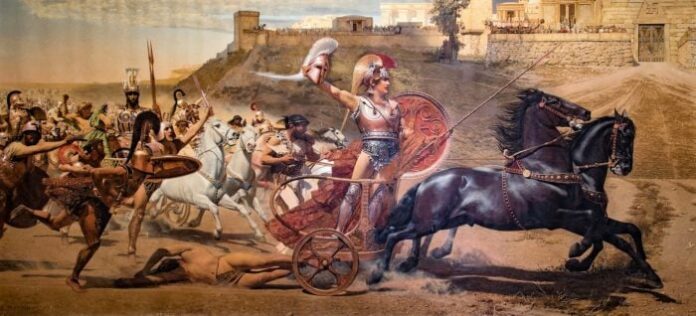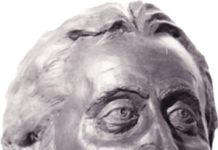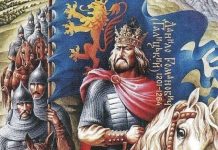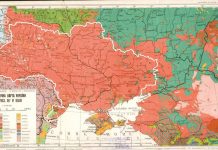“Sing, Goddess, of the rage of Peleus’ son Achilles,” is the opening line of the Iliad. Achilles was the warrior who became the very symbol of gallantry and fearlessness. His heel was the only vulnerable part of his body and that vulnerability gave rise to the famous expression Achilles’ Heel. What does this legendary hero have to do with Ukraine? Wikipedia quote: “The spread and intensity of the hero’s veneration among the Greeks that had settled on the northern coast of the Pontus Euxinus, today’s Black Sea, appears to have been remarkable. An archaic cult is attested for the Milesian colony of Olbia as well as for an island in the middle of the Black Sea, today identified with Snake Island (Ukrainian Зміїний, Zmiinyi, near Kiliya, Ukraine). Early dedicatory inscriptions from the Greek colonies on the Black Sea (graffiti and inscribed clay disks, these possibly being votive offerings, from Olbia, the area of Berezan Island, and the Tauric Chersonese) attest to the existence of a heroic cult of Achilles from the sixth century BC onwards. The cult was still thriving in the third century CE, when dedicatory stelae from Olbia refer to an Achilles Pontárchēs (Ποντάρχης, roughly “lord of the Sea,” or “of the Pontus Euxinus”), who was invoked as a protector of the city of Olbia, venerated on par with Olympian gods such as the local Apollo Prostates, Hermes Agoraeus, or Poseidon.
Pliny the Elder (23–79 AD) in his Natural History mentions a “port of the Achæi” and an “island of Achilles“, famous for the tomb of that “man” (portus Achaeorum, insula Achillis, tumulo eius viri clara), situated somewhat nearby Olbia and the Dnieper-Bug Estuary; furthermore, at 125 Roman miles from this island, he places a peninsula “which stretches forth in the shape of a sword” obliquely, called Dromos Achilleos (Ἀχιλλέως δρόμος, Achilléōs drómos “the Race-course of Achilles“) and considered the place of the hero’s exercise or of games instituted by him. This last feature of Pliny’s account is considered to be the iconic spit, called today Tendra (or Kosa Tendra and Kosa Djarilgatch), situated between the mouth of the Dnieper and Karkinit Bay, but which is hardly 125 Roman miles (c. 185 km) away from the Dnieper-Bug estuary, as Pliny states. (To the “Race-course” he gives a length of 80 miles, c. 120 km, whereas the spit measures c. 70 km today)…
Already in the fifth century BC, Pindar had mentioned a cult of Achilles on a “bright island” (φαεννά νᾶσος, phaenná nâsos) of the Black Sea,.”
Wikipedia fails to mention that in the same 5th century B.C., Herodotus also mentions the Racecourse of Achilles: “The sixth river is the Hypakyris, whose source is a lake, from which it then flows right through the territory of the Scythian nomads and empties out at the city of Karkinec with Hylaia and what is called the Racecourse of Achilles to its right”. The map below are from the recent edition of the Landmark Herodotus.
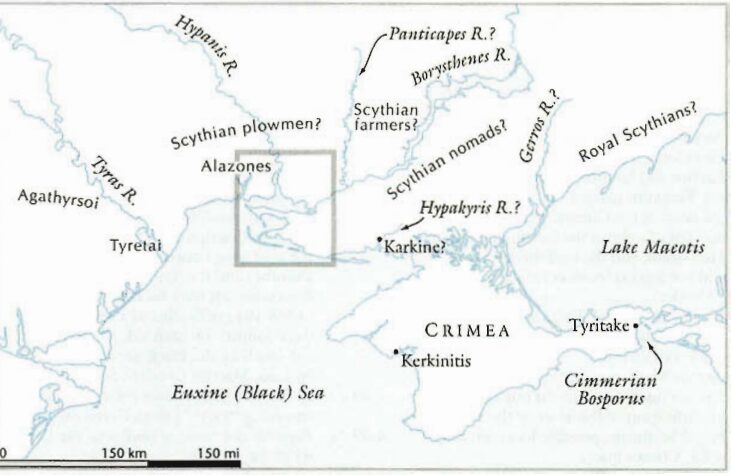
And there is more to the story. In the same 5th century B.C., Euripides in the ‘Iphigenia among Taurians‘ has the following lines for Iphigenia during her stay in Taurica, present-day Crimea:
Those hoary cliffs, the haunts of birds, along,
To that wild strand, the rapid race
Where once Achilles deigned to grace
For the readers of the poem, it definitely looked like the legendary Achilles was native to that land or at least spent some time in the area competing or training.
Wikipedia has the following information in this regard: “Achilles was described by the Byzantine chronicler Leo the Deacon, not as Hellene, but as Scythian, while according to the Byzantine author John Malalas, his army was made up of a tribe previously known as Myrmidons and later as Bulgars”.
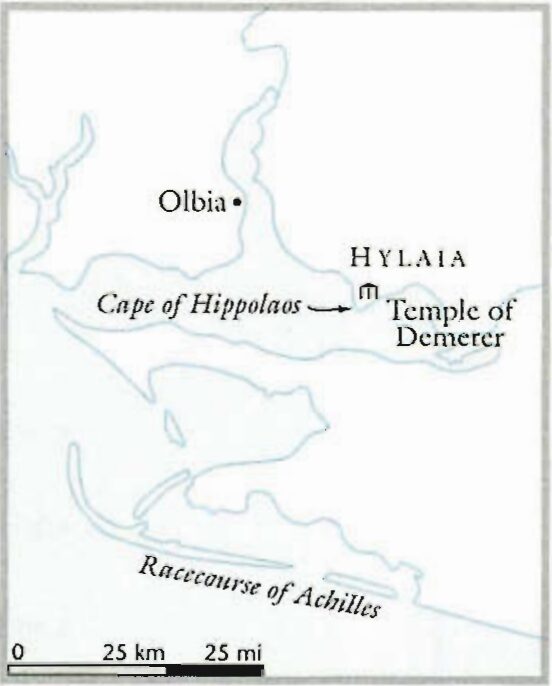
More insights into the topic can be found either in the “Royal Scythia, Greece, Kyiv Rus” or the “Cradle of Civilizations” book. The latter book has little-known information on the image of Achilles in the funerary iconography of the Scythian Royal barrows and some thoughts on the famous Shield of Achilles.



